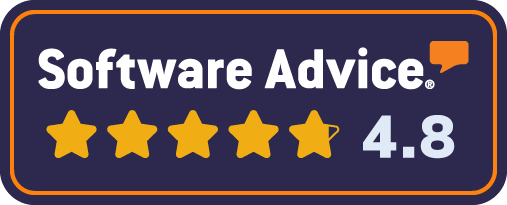"A digital asset management system is in essence, a searchable catalogue of your digital content assets"
(Source:David Vaassen, Founder at Brandkit)
"Digital Asset Management (DAM) consists of management tasks and decisions surrounding the ingestion, annotation, cataloguing, storage, retrieval and distribution of digital assets."
(Source:Wikipedia)
"Digital Asset Management is having an identity crisis. Today the term "Digital Asset" is being used widely as a name for crypto currencies, non fungible tokens, and similar contructs. Traditionally Digital Asset Management has been concerned with digital media or digital content assets, NOT blockchain derived assets. Digital Asset Management systems are NOT another form of crypto wallet."
(Source:David Vaassen, Founder at Brandkit)



